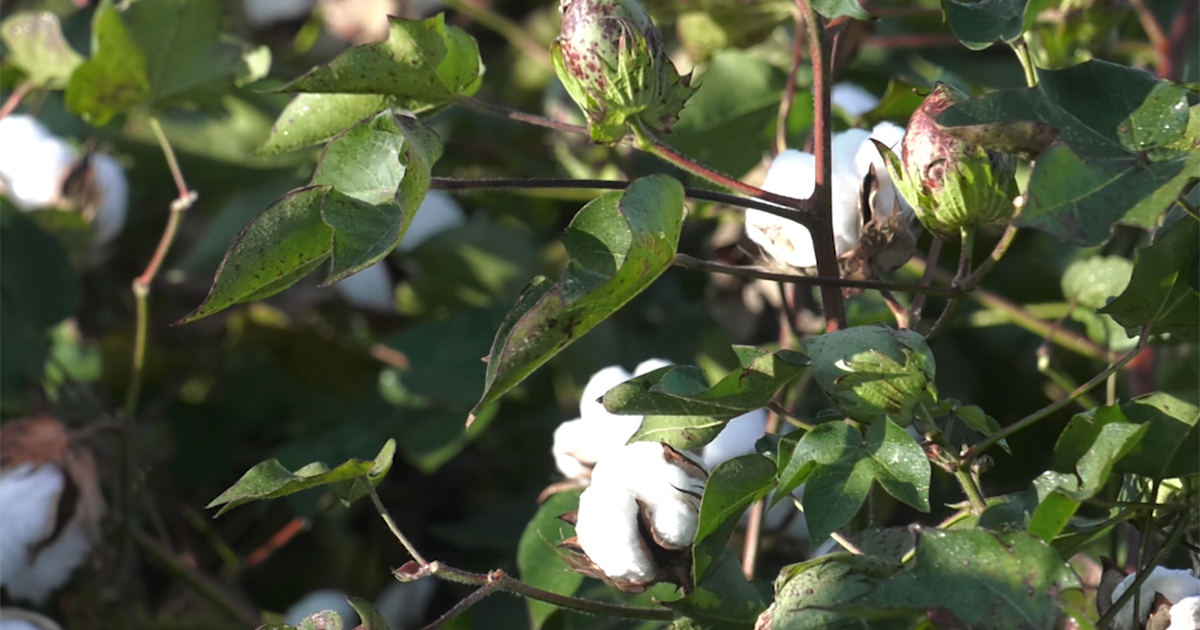Tifton, GA
Every year brings a unique set of challenges for cotton and peanut growers here in Georgia, as they must deal with pests, diseases and even the weather. But the University of Georgia is making sure they are well prepared by hosting a Research Field Day that showcases all the new options available to them.
“Today, here on the Tifton campus, we got scientists working in peanuts and working in cotton and they’re sharing information on the most up to date research and recommendations that have been generated here and across the state,” says Phillip Roberts, UGA Extension Entomologist.
“You know, we talk in meetings, in different counties, but this is a chance we show some of what we are actually doing and, and why it’s important and why we’re doing things. Now this also gives us a chance to hear from growers to say, ‘yeah, this is important, but I also have this problem,'” says Scott Monfort, UGA Peanut Agronomist.
One of the exciting advancements has been the cotton industry’s first biotechnology ThryvOn, which offers protection against a couple of major pests.
“One of the highlight’s we’ve observed is that planting date really has a significant effect on thrips, which we knew that already, but we also saw the same type trend on tarnished plant bug, which is an occasional pest for us. So, our early planted cotton, cotton planted in April and the first week of May really appears the place to put this technology to get the most value from it,” says Roberts.
With harvest right around the corner, Roberts encourages growers to create a strategy that gets the cotton out of the field as soon as it’s ready.
“When we ride around Georgia, the most important thing we can do is try to be timely with harvest. Harvest time is a very difficult time for our growers. You know, we have a lot of peanuts that need to be harvested in a very timely manner, and sometimes cotton just kind of gets put off to the side for a little bit. But in terms of maximizing yield and maximizing quality of the crop, we need to defoliate and pick this crop in a very timely manner if at all possible,” says Roberts.
Peanuts also face a number of questions heading into harvest, as a long stretch of hot, dry weather might have some growers looking to move up their time table in order to salvage the crop.
“That dry period for our non-irrigated crop really has caused that crop to go backwards. Even though we got rain the other day, there’s a lot of areas that didn’t get much of it. And then there’s a lot of them that the dry land crop had already gone so far the other way that the rain won’t bring it back. And so, we probably need to be looking at some of that, whether we need to dig it early. That’s biggest thing that I’m worried about right now. So, it may not be the bumper crop we’re after, but at least it’s a crop,” says Monfort.
It’s a crop that could be looking at some new varieties in the near future, as there’s been some promising results over the past year.
“The new varieties that are coming along, we finally got some that look good that in the next two to three years, it might offset some of the Georgia zero six G acres that we have. That’s a good thing because we need new technology and new things to come out to help us manage pests and that’s what we’re working on,” says Monfort.
By: Damon Jones

